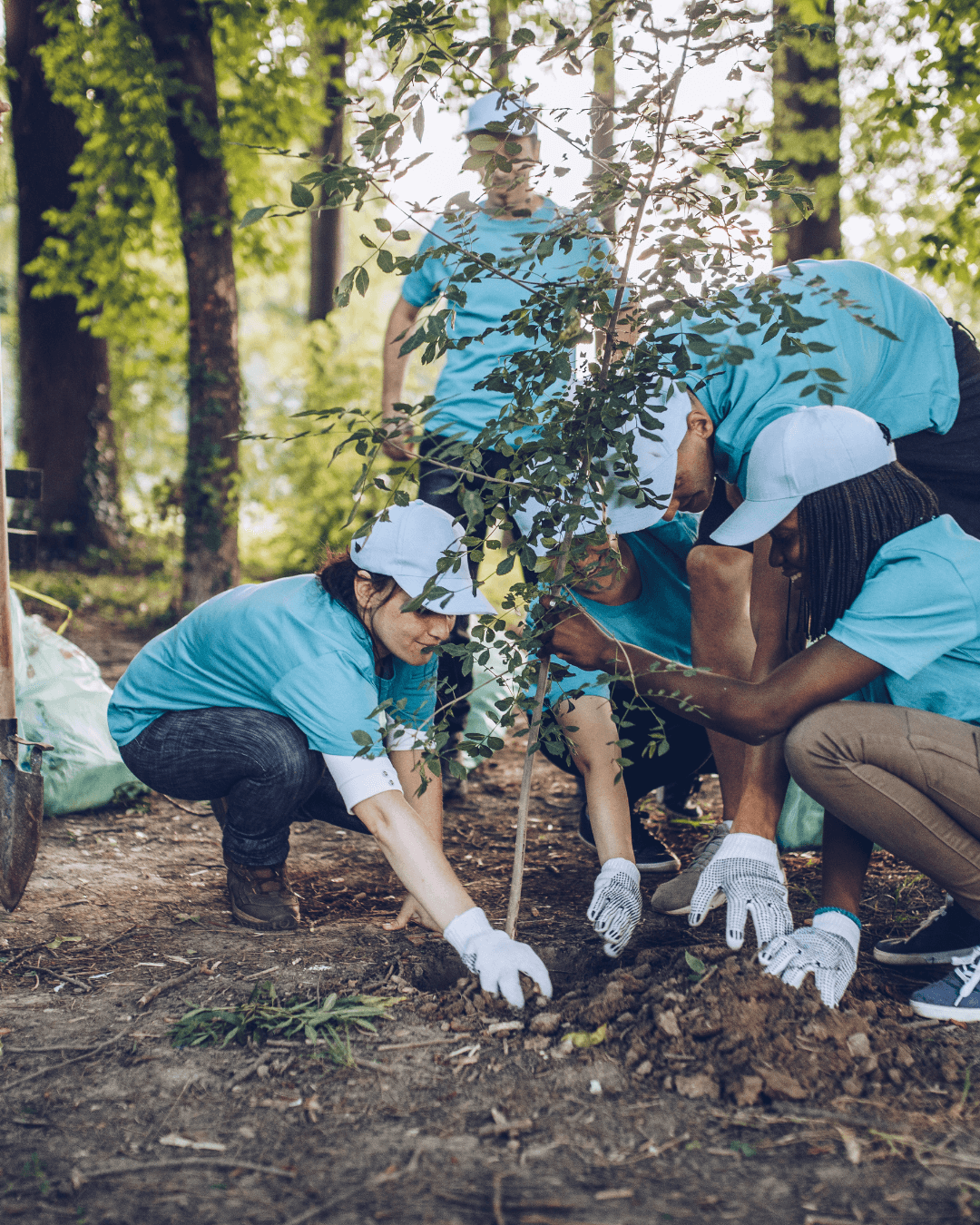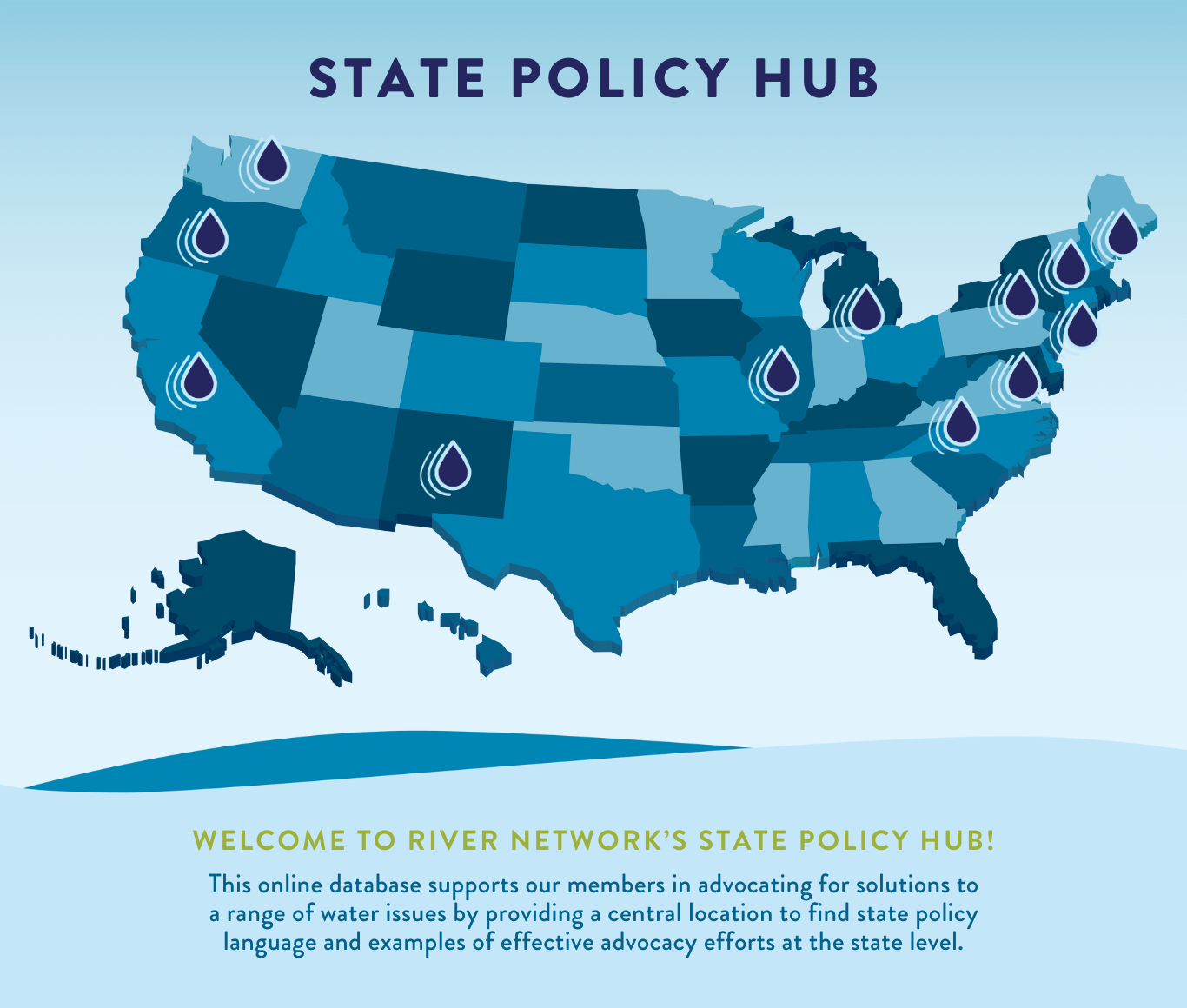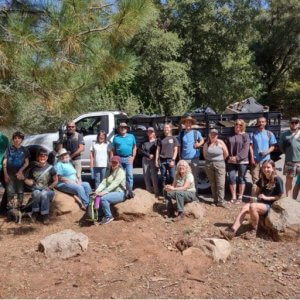River Voices: August 2024

Welcome to the August 2024 edition of River Voices. This month, our summer of federal funding continues, with a deeper dive into how groups can access current funding opportunities. Learn about EPA’s WaterTA support and hear from the American Flood Coalition about funding for resilience. Plus, mark Water Quality Month with a Meet Your Network interview from Saraly Gonzalez.
Accessing Federal Funding: A Deep Dive
What does it look like to access current “historic” federal infrastructure dollars in practice? At the first-ever River Rally Story Lounge, we hosted two sessions that dove deeply into this topic. Now hear directly from experts at American Flood Coalition (AFC), EPA, and the Environmental Policy Innovation Center (EPIC) and learn more about specific resources that exist to help you access these funds. From EPA’s WaterTA to AFC’s Federal Funding Finder and more, your network of water, river, and justice advocates is here for you as we all continue to navigate the funding opportunities made available through the Bipartisan Infrastructure Law and the Inflation Reduction Act.
Often described as “historic” and “once in a generation,” we know this funding needs to be lasting. That’s why we’re committed to helping you tap into this critical moment for our water and our communities, and continuing to advocate for sustained funding.
Our gratitude to all who participated in the River Rally Story Lounge and were in the room with us when we recorded!
“What’s encouraging me right now is the possibilities ahead… I think about the choices that we’re making every day about how we’re using this historical moment. It’s both a challenge, but also a privilege to be able to be in that moment and be able to do even something small or big to make a difference.”
– Yasmine Dyson, American Flood Coalition
“The stories we tell, to ourselves and other people, can open or limit our ability to imagine a more just future. Building narratives that are guided by racial and economic justice is crucial for the environmental movement to be seen as part of a larger movement towards justice.”
Join us in welcoming Dina to our team! Dina leads storytelling and communications work for projects funded under EPA’s Environmental Justice Thriving Communities Grantmaking Program.
We are thrilled to announce this year’s Wild and Scenic Stewardship Partners! For the sixth year, River Network is partnering with the USDA Forest Service to provide nonprofits and tribes with funding to help steward the thousands of miles of Wild and Scenic Rivers across the country that flow through national forests. In our latest blog post, meet the 13 recipients and their work. We also have funding for four more groups through our Relationship Building Awards!
Read about this year’s Wild and Scenic Stewardship Partners.
“I’ve heard many stories of how [students] came in, not thinking they were a leader or embodied any sort of leadership qualities, and then leaving realizing that they can be a leader, that they’re a strong paddler, a strong public speaker, that they can do conflict resolution.”
Read or listen to this month’s conversation with Saraly Gonzalez at UrbanPromise, who shares insights into the transformative impact of her student programs, the importance of connecting young people to their local waterways, and fostering an interest in advocacy.
 River Network will soon release a funding opportunity for urban and community forestry projects led by federally recognized Tribes, Alaska Native Corporations/villages, Tribal organizations, organizations working in Tribal communities, and community-based non-profits. The Rooting Resilience Program, with funding provided by the Inflation Reduction Act and the USDA Forest Service, Urban and Community Forestry Program, will fund projects that build equitable climate resilience and access to nature by increasing and improving the condition of a community’s tree canopy to address the challenges of flooding and extreme heat, community health concerns, and access to green jobs.
River Network will soon release a funding opportunity for urban and community forestry projects led by federally recognized Tribes, Alaska Native Corporations/villages, Tribal organizations, organizations working in Tribal communities, and community-based non-profits. The Rooting Resilience Program, with funding provided by the Inflation Reduction Act and the USDA Forest Service, Urban and Community Forestry Program, will fund projects that build equitable climate resilience and access to nature by increasing and improving the condition of a community’s tree canopy to address the challenges of flooding and extreme heat, community health concerns, and access to green jobs.
We anticipate releasing the Rooting Resilience Program application in early September with applications due towards the end of October.
Please visit the Rooting Resilience homepage to learn more and sign up to be notified when the application period opens.
 Are you working on state-level policy change and looking for inspiration? River Network’s State Policy Hub is a fantastic resource for advocates looking for examples of water policy across the country – and it’s continuing to expand! Be on the lookout in the coming months for new policy topics, including policies:
Are you working on state-level policy change and looking for inspiration? River Network’s State Policy Hub is a fantastic resource for advocates looking for examples of water policy across the country – and it’s continuing to expand! Be on the lookout in the coming months for new policy topics, including policies:
- Tackling aquatic litter and extended producer responsibility,
- Promoting and funding green stormwater infrastructure,
- Supporting holistic/integrated floodplain restoration and protection, and
- Directing state revolving fund (SRF) dollars to communities most in need of water infrastructure investment.
The Hub will include policies on these topics in a searchable database, introductions to each topic, and deep dives on several exemplary states. You’ll also gain insights and advocacy advice from members of the network.
The new State Policy Hub additions will be rolling out this fall – in the mean time, dive into policies addressing drinking water, environmental justice, open water data, and Clean Water Act protections.
Protecting Endangered Fish AND Free-Flowing Rivers
August 13, at 12:30p PT / 3:30p ET
When native species that are federally protected by the Endangered Species Act and invasive species can be effectively separated by a constructed barrier, AND the river is designated Wild and Scenic River or included in the National Rivers Inventory of rivers eligible for designation (federal protection, as well), must we violate one law to accommodate the other? Join River Management Society in this discussion, which will include at least one example where the pro-barrier case “won” and potential “in-between” measures to consider.
Apply to Join Our SRF Advocacy Cohort (Paid Opportunity!)
November 2024 – July 2025, 9-month commitment
Calling all water justice-oriented community based organizations! Are you looking to understand and influence how and where State Revolving Funds (SRFs) are distributed in your state? The SRF State Advocates Forum is seeking individuals from community-based organizations for a national cohort to strategically engage in water infrastructure advocacy related to SRF programs. We’ll cover how SRFs work and generate advocacy strategies that focus on topics ranging from public participation to lead service line removal to workforce development.
Learn more and apply for the SRF Advocacy Cohort by September 9, 2024.
Federal Funding Toolbox
Bipartisan Infrastructure Law and Inflation Reduction Act Funding Handbook for Access to Clean Drinking Water in Tribal Communities
The Initiative on Universal Access to Clean Water for Tribal Communities (UACW) released this handbook in July 2024 as a reference guide for Tribes seeking to access and use funding from major legislation in recent years to breakdown how funds move through various agencies, and what types of projects are eligible for funding. Check out the Handbook summary for a quick overview of funding opportunities.
Updated: State Revolving Fund Public Portal
EPA’s State Revolving Fund, or SRF, Public Portal allows users to access data from both the Drinking Water and Clean Water SRF programs through interactive reports, dashboards, and maps. The SRF Public Portal was created to present SRF data in a user-friendly, accessible format for states, utilities, and anyone interested in where water infrastructure investments are being made. Now, it’s been updated to include a new project map showing SRF projects across the nation.
- 📖 Radical Candor – many on our staff read Kim Scott’s book in 2019, and the lessons within are always applicable for folks across the network.
- 📑 “Ten Years Later: How Water Crises in Flint and Detroit Transformed the Politics of U.S. Water Policy” – Scholars reflect on the impact of the Flint and Detroit water crises ten years later on local, state, and national politics related to water justice.
- 🎧 How to Survive the End of the World – Autumn Brown and adrienne maree brown’s podcast is still going strong, with recent episodes featuring Hala Alyan and Alexis Pauline Gumbs.







